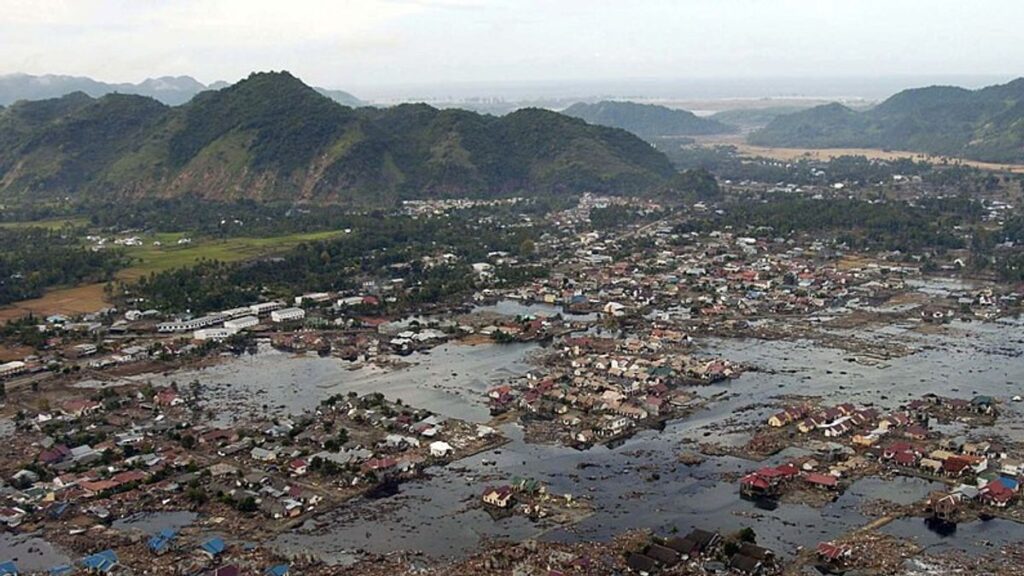The Aceh earthquake and tsunami of December 26, 2004, was one of the deadliest natural disasters in recorded history. The earthquake, which had a magnitude of 9.1 on the Richter scale, occurred off the coast of Indonesia and triggered a series of tsunamis that devastated coastal areas in Indonesia, Sri Lanka, India, Thailand, and other countries.
The earthquake and tsunami caused widespread damage and loss of life. In Indonesia alone, the official death toll is estimated to be over 230,000, with hundreds of thousands more injured and displaced. The tsunami also caused extensive damage to infrastructure, including roads, bridges, and buildings.
The earthquake and tsunami had a profound impact on the people of Aceh. Many survivors lost loved ones, homes, and livelihoods. The disaster also disrupted the region’s economy and social fabric.
The international community responded quickly to the disaster, providing billions of dollars in aid to help the victims and rebuild the region. The United Nations, the World Bank, and other organizations worked to provide food, water, shelter, and medical care to the survivors.
The earthquake and tsunami were a tragedy of epic proportions. They caused widespread damage and loss of life, and they had a profound impact on the people of Aceh. The disaster also highlighted the vulnerability of coastal communities to natural disasters.
The Impact of the Earthquake and Tsunami
The earthquake and tsunami had a devastating impact on the people of Aceh. The official death toll in Indonesia is estimated to be over 230,000, with hundreds of thousands more injured and displaced. The tsunami also caused extensive damage to infrastructure, including roads, bridges, and buildings.
The disaster had a profound impact on the region’s economy. Aceh was a major producer of oil and gas, and the tsunami disrupted the production and export of these commodities. The disaster also damaged tourism, which is a major source of income for the region.
The earthquake and tsunami also had a social impact. Many survivors lost loved ones, homes, and livelihoods. The disaster disrupted the region’s social fabric, and it led to increased poverty and crime.
The International Response
The international community responded quickly to the disaster, providing billions of dollars in aid to help the victims and rebuild the region. The United Nations, the World Bank, and other organizations worked to provide food, water, shelter, and medical care to the survivors.
The international response was coordinated by the UN Office for the Coordination of Humanitarian Affairs (OCHA). OCHA worked with the Indonesian government and other organizations to assess the needs of the victims and coordinate the delivery of aid.
The international response was largely successful in providing immediate relief to the victims. However, the long-term needs of the region are still being met. The United Nations estimates that it will take billions of dollars to rebuild Aceh.
Conclusion
The Aceh earthquake and tsunami were a tragedy of epic proportions. They caused widespread damage and loss of life, and they had a profound impact on the people of Aceh. The disaster also highlighted the vulnerability of coastal communities to natural disasters.
The international response to the disaster was largely successful in providing immediate relief to the victims. However, the long-term needs of the region are still being met. The United Nations estimates that it will take billions of dollars to rebuild Aceh.

